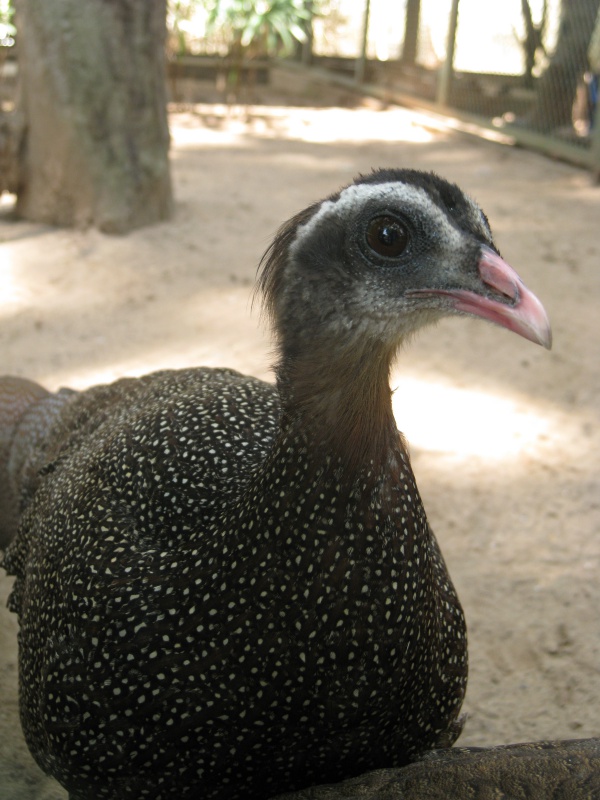Facts About Crested argus
The crested argus is a remarkable bird from the pheasant family, distinguished by its unique appearance and impressive size. Its dark-brown-spotted black and buff feathers, combined with a pink bill, blue skin around the eyes, and two distinctive head crests, make it particularly striking. Males are especially notable for their elongated tail feathers, which can reach up to 1.73 meters in length, among the longest of any bird species. Females, in contrast, have marbled barring and vibrant plumage, but their tails are shorter than those of males. Another fascinating feature of the crested argus is its unusually large wings, which facilitate sustained flight despite the bird's considerable weight.
These birds inhabit the submontane primary forests of Vietnam, Laos, and Malaysia in Southeast Asia. Their diet is diverse, including invertebrates, mollusks, amphibians, reptiles, bamboo shoots, leaves, fruits, and fungi. The crested argus is known for being shy and elusive, and much about its reproductive habits remains unknown. However, it is known that males perform elaborate displays during courtship and when deterring predators, using quill vibrations and intricate wing and tail movements.
For nesting, the crested argus prefers elevated areas covered in leaf litter. They typically lay small clutches of one to two large eggs. The chicks are born with developed wing feathers and are cared for by their parents during the initial weeks. These birds also spend a significant amount of time perched on emergent trees above the forest canopy, where they can remain for days.
Unfortunately, the crested argus faces serious threats from habitat loss and overhunting. Consequently, it is listed as Endangered on the IUCN Red List and included in CITES Appendix I, which offers the highest level of protection against international trade.

 Cambodia
Cambodia